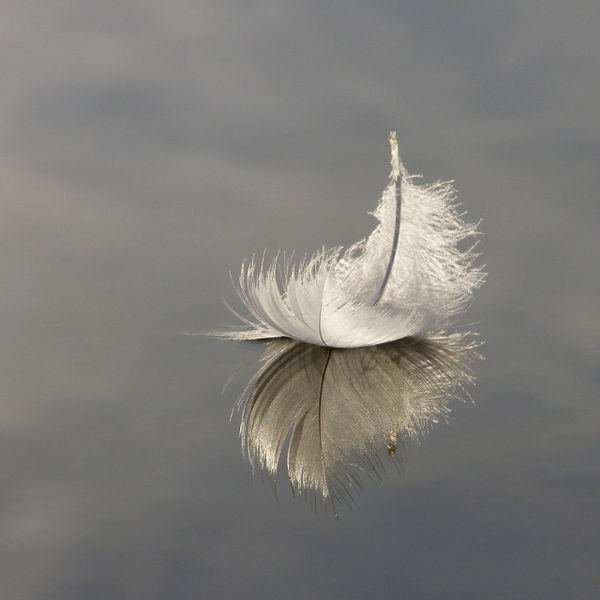
Feathers are to birds as hairs are to mammals .. but not quite.
Here are some feather facts to ponder.
- Feathers, like hair, are dead structures that have no nerves and cannot change or heal themselves if damaged.
- Our hair grows continuously. Feathers grow to completion and then stop, so they must be replaced when worn out.
- The follicles that hold feathers in the skin have muscles that grip the feathers so they don’t fall out. Anyone who’s plucked a chicken knows these muscles are strong.
- In some birds, such as nightjars, the follicle muscles let go when the bird is frightened suddenly.
- A new feather literally grows under the old one and pushes it out of the follicle.
- Contour (body) feathers are symmetrical and so are their follicles. Flight feathers are lopsided: narrow on one side of the rachis (shaft) compared to the other. Flight follicles are lopsided too.
- The same feather follicle can produce differently colored feathers at different times of year — for example colorful feathers for the breeding season and drab ones for basic plumage. Imagine if our hair could do that! We could automatically change our hair color in the spring.
Resources: Anatomy: Parts of a Feather.
(Inspiration for this Tenth Page is from page 90 of Ornithology by Frank B. Gill. Photo from Wikimedia Commons; click on the image to see the original)
Unfortunately, I came across a dead razorbill on the beach last weekend. Fortunately though, I am not squeamish when it comes to dead birds and took advantage of an opportunity to closely inspect a species I would probably never be so close to ever again. The bill was of particular interest to me and I took note of a long pointed flexible tongue, but what floored me almost beyond belief was the plush texture of the underbelly feathers. I could not resist touching the belly feathers and I am so glad that I did. I’ve never in my life touched something so plush, so soft, so minutely and intricately layered. It was amazing.
As an aside, alcids (razorbills and even dovekies) are being observed from shore in NJ in decent numbers this season if anyone is considering a roadtrip.
There have been a lot of razorbills as far south as Miami. They counted hundreds during their CBC. Amazing!